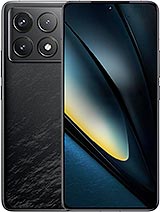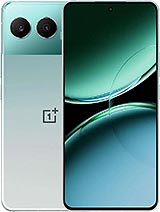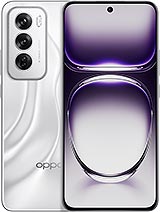OnePlus Nord 4 review

OxygenOS 14.1 and Android 14
The OnePlus Nord 4 runs on the company's latest iteration of Oxygen 14.1. The ".1" upgrade brings plenty of new AI-related features, similar to Oppo's ColorOS 14.1. After all, the two proprietary Android overlays, including Realme UI 5.0, are essentially the same software product. All three share the same UI and features.

Starting with the Nord 4, OnePlus is now offering 4 years of major software updates and 6 years of security patches.

If you want to learn more about OxygenOS 14, we suggest reading our comprehensive review.

However, you won't find all the features there because, as we said, OxygenOS 14.1 brings a couple of handy AI-powered functionalities. And even though they are named differently, they are the same ones introduced with ColorOS 14.1 running on the Oppo Reno12 family.
We've got the text summarization from emails and whatever you find on the web. We've got the AI translator. We've got the AI-powered transcriber of voice notes, and, of course, we have the AI working in the background to optimize background processes as well as connectivity.
Just like the Oppo Reno12 series, the Nord 4 leverages AI to keep seamless and reliable connection by switching dynamically between Internet sources when moving around.
When it comes to performance, OxygenOS 14.1 feels as smooth as always. We didn't notice any hiccups or slow-downs.
Benchmark performance
The OnePlus Nord 4 is the first phone we get to test with the latest Snapdragon 7+ Gen 3. The chipset is a step up from the Snapdragon 7 Gen 3 in pretty much all aspects. Both are based on the 4nm manufacturing process, but the newer 7+ Gen 3 has more powerful and modern cores as well as built-in AI capabilities, allowing on-device number crunching. The chip supports various Large Language Models (LLM).

The CPU uses 8 cores separated into three clusters in a 1+4+3 configuration. The main Cortex-X4 core is clocked at 2.8 GHz, the 4x Cortex-A720 cores ticking at 2.6 GHz, while the three remaining efficiency cores, Cortex-A520, are clocked at 1.9 GHz. The Adreno 732 GPU, which should bring a sizeable performance gain over the Snapdragon 7 Gen 3.
The Nord 4 has two memory variants - 8GB/128GB and 12GB/256GB. The former uses UFS 3.1 memory chips, while the 256GB version has speedier UFS 4.0. We expected 256GB by default as most competitors, even in the mid-range segment, offer 256GB base storage.
The brand new Snapdragon 7+ Gen 3 turned out to be a solid chipset with competitive CPU performance and outstanding GPU performance. At least when compared to other chipsets in the same price segment.
The Nord 4 easily overtakes most of its competitors in pure CPU testing scenarios, but scores especially well in the combined AnTuTu 10 and the GPU-heavy 3DMark Wild Life benchmarks.
Naturally, last year's flagship SoC, the Snapdragon 8 Gen 2, outpaces the Snapdragon 7+ Gen 3, but it's rare to see in the price segment. The Poco F6 Pro is one of the few devices to offer it.
Sustained performance
The Nord 4's sustained performance is far from impressive. It was able to maintain high CPU clock speeds for the first 10-15 minutes of the test, but throttled down to around 65% of the theoretical performance.
The CPU climbed back to around 80% for the last 20 minutes of the test, and at least we didn't observe any big fluctuations, as they are usually a sign of choppy performance during gaming.
The GPU stress test wasn't ideal either - it maintained just 53% stability, which is too low for a mid-range chipset.
Reader comments
- Anonymous
- 28 Mar 2025
- Cxp
I don't like face pictures and even less in selfie. Looks good otherwise, and I've seen it on good sales in EU.
- Cake
- 24 Mar 2025
- mGu
This seems better than even the newly released Galaxy A56
- NiekJan
- 01 Feb 2025
- m2w
Bought this phone the 256GB version for only €329 during a sale in Netherlands. What a steal/price. Fluid, great software and really fluid. Everyone whas buying the Galaxg A55, i know better….















